28th Division
To the right of the 77th Division in the Argonne was the 28th Division.
Half of the 28th was in line in the Argonne, the 111th and
112th Regiments, and
the other half, the 109th and 110th Regiments, in line in the open
ground to the east extending to the
Route Nationale near Boureuilles. To the right of the
28th was the 35th Division. In the open area east of the Argonne
was one of the rare places suitable for tanks to operate - about a mile
and a half of fields - so Patton's 1st Tank Brigade supported the 28th
and 35th Divisions. With less open ground in front of the 28th,
Patton assigned a smaller force to the 28th, Company B of the 344th
Tank Battalion.
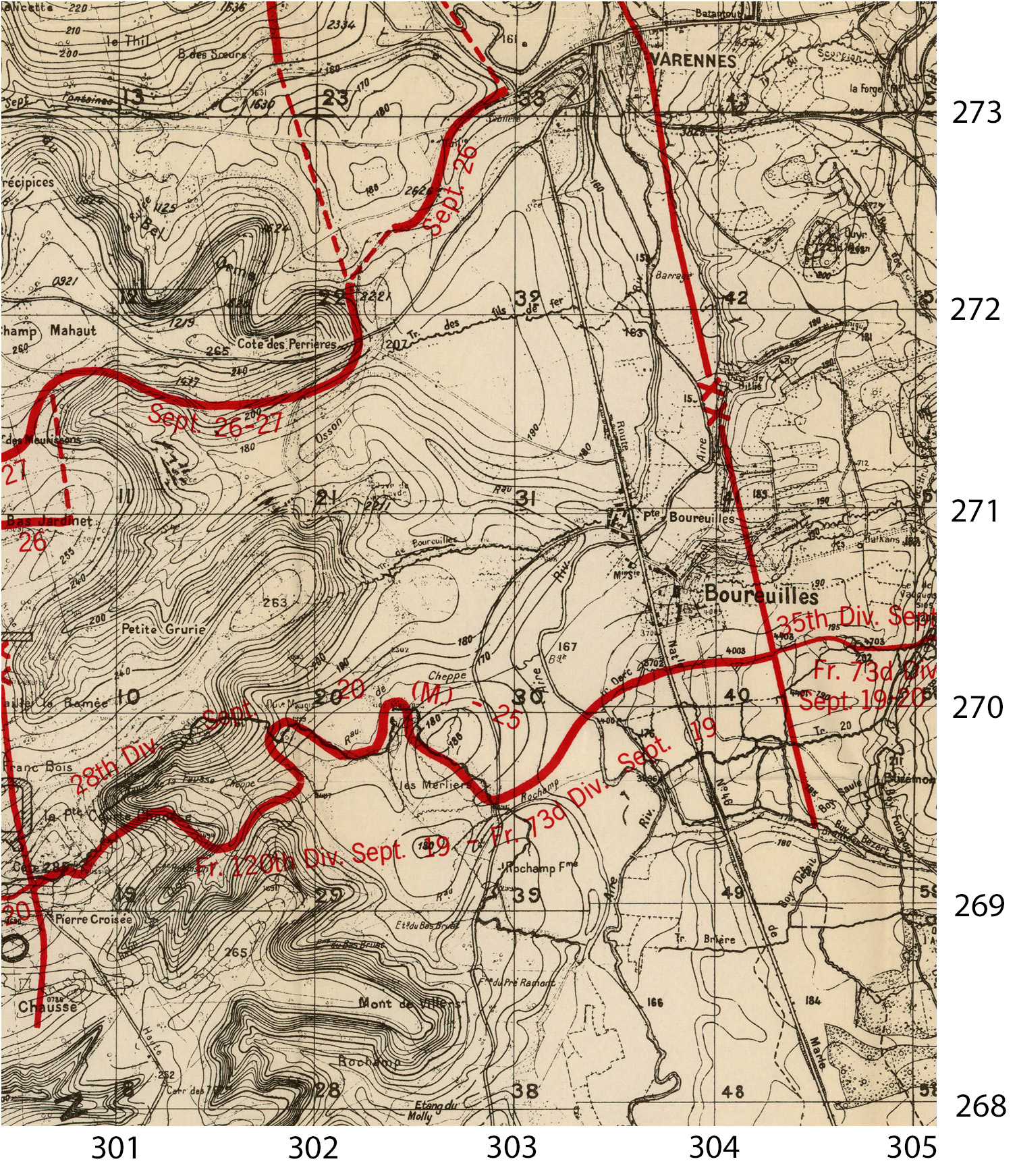
Griffin Group photos of the 28th Division's jump-off line were
generally on either side of the Aire River. You can use the
coordinates on the photos and find the locations on the map.
Arrows point to north. The trenches do not seem to be a
good condition - at least in early 1919.

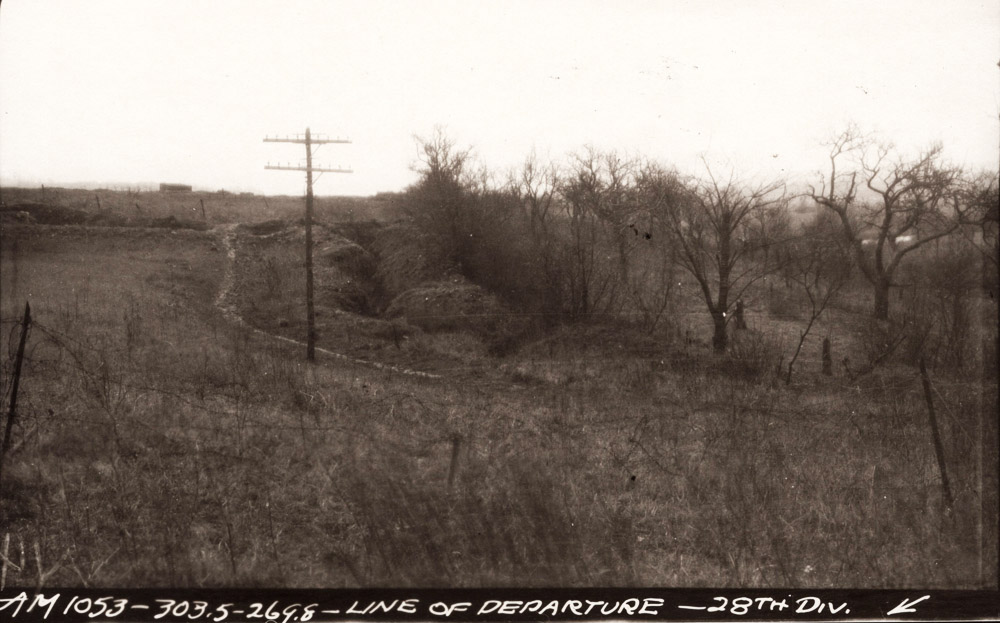

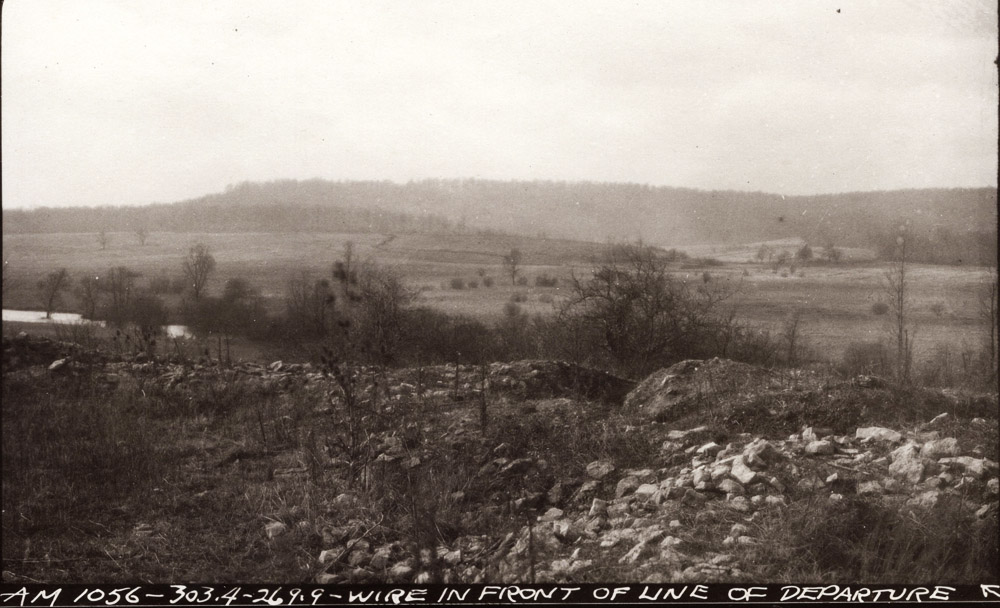

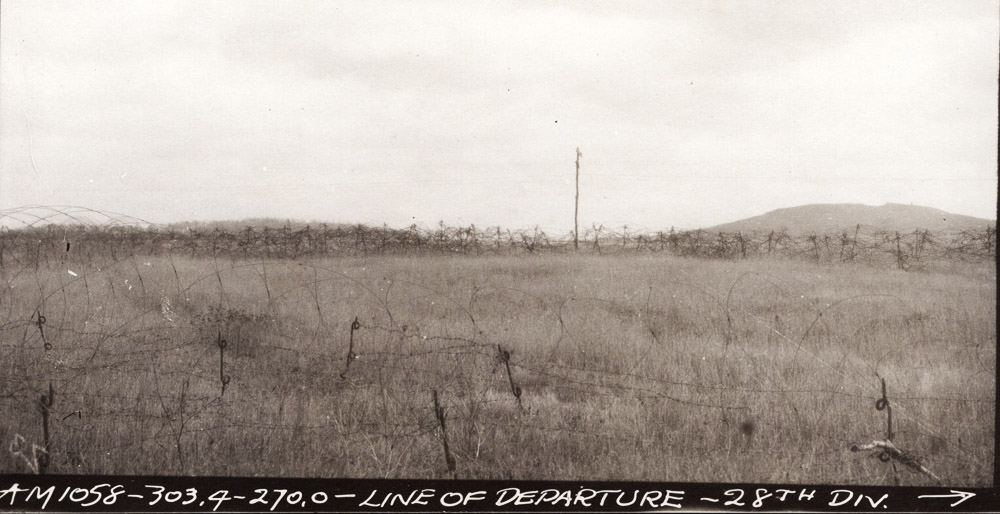


Map from "Infantry in Battle"
As an example of good use of machine guns in the attack, "Infantry in
Battle" describes the 28th Division's machine gun barrage at the beginning of the
offensive. The division had fourteen machine gun companies
- eight of these supported the attacking infantry but six were used for
barrage fire. A battalion set up position on Mont de Villers, one
on the road south of Boureuilles, and one in between - each battalion
was made of two companies and each company was given an extra 60,000
rounds. These machine gun battalions were used like artillery,
with their bombardment starting soon after the artillery bombardment
began at 2:30am, they inflicted casualties, gained firepower
superiority, hindered enemy movement and reinforcement, and reduced
enemy morale. Using indirect fire they sprayed long range
enfilade fire - first on a zone between Hill 263 and Boureuilles, then
as the infantry advanced, starting at 5:30am, lifting to the Trench de
Fils de Fer closer to Varennes.

Near the Jump-off line
The half of the 28th Division in the open valley had a harder time of
it than those in the forest, but they flanked and surrounded German
strong points and made it through the German front line. Leading
the infantry were over twenty tanks of Co B, 344th Tank Battalion, and
leading them was Capt Newell Weed, 300 yards ahead of his tanks.
Diving for cover from machine gun fire, he jumped in a trench and
was taken prisoner. Taken toward the rear, he was able to signal
an approaching tank and escape his captors.

The first major line of German resistance was the Trench de Boureuilles
behind the Cheppe River on the reverse slope of a hill. The 28th
took this trench and continued to the Trench de Fils de Fer then into
Varennes.

Near Trench de Fils de Fer
This is the view from the Route Nationale. Note that the Germans
used a reverse slope position here as they frequently did in many other
locations.

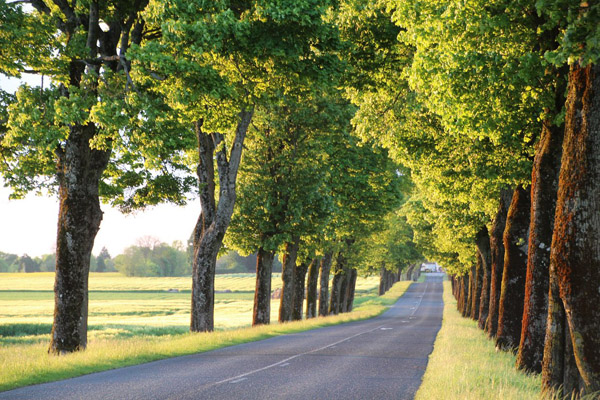
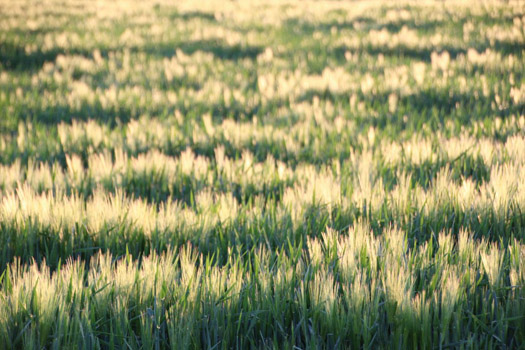
Views Along Route Nationale
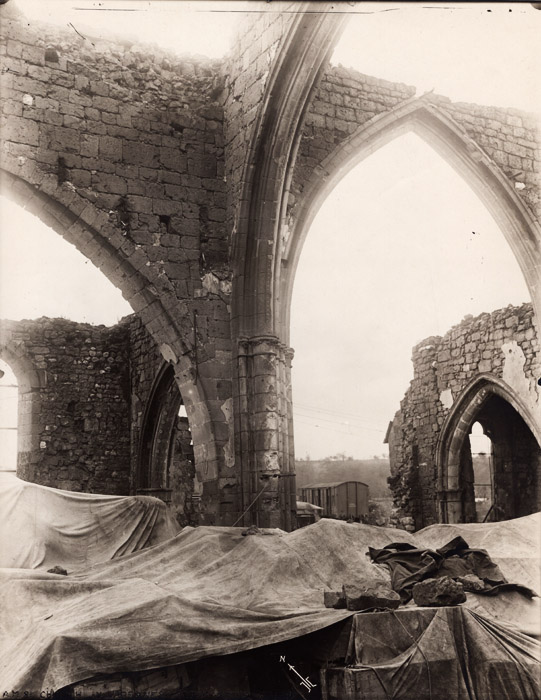
Varennes Church
By noon the town was taken by the Americans

Bridge Over Aire River at Varennes
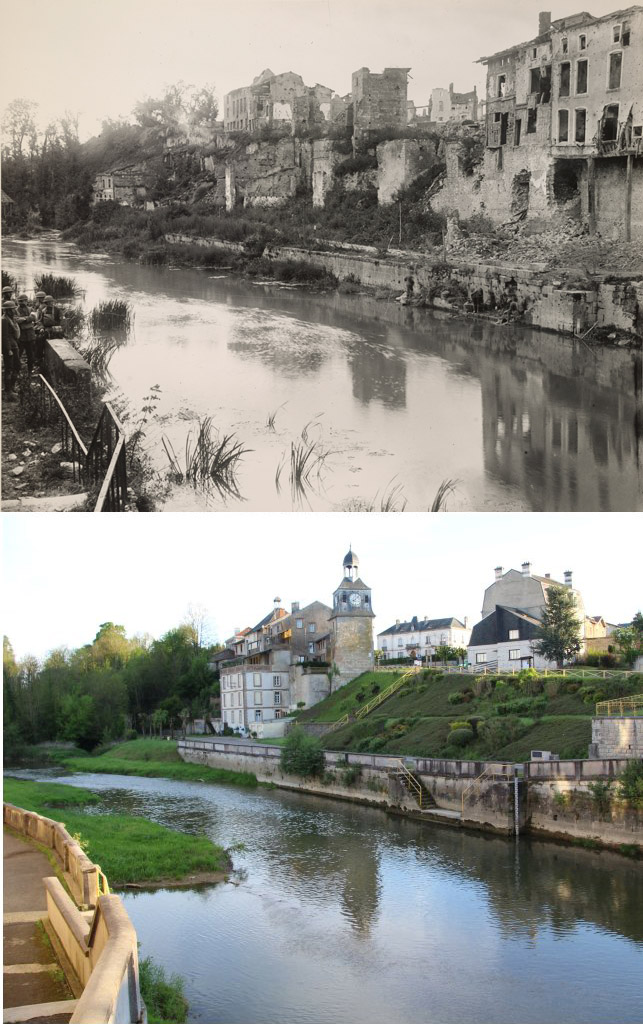

Date Taken: September 26, 1918 5:30pm
Caption reads:
"A tank badly battered and burned."

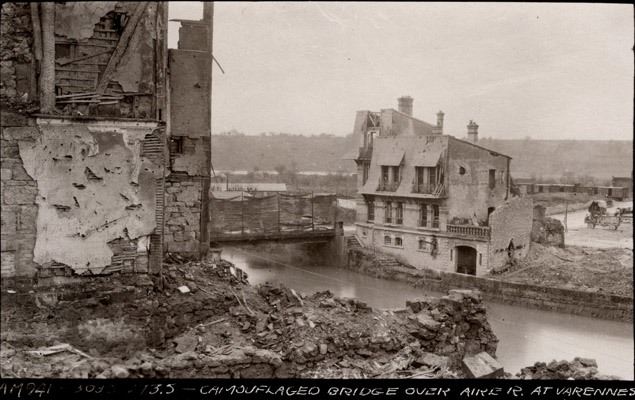
In this area during the French Revolution, Louis XVI and Marie Antoniette were captured while trying to flee the country.
After the 28th Division captured the town, numerous photos were taken of the town.
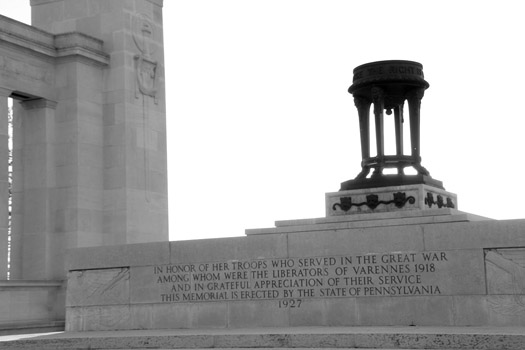
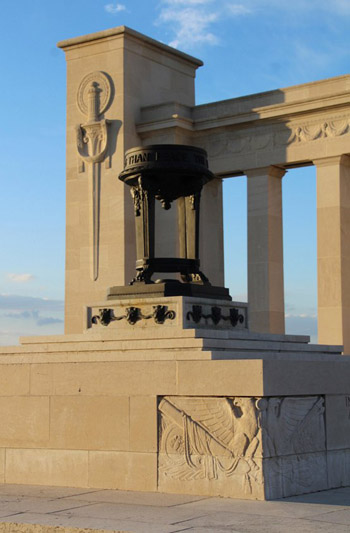
After the war, Pennsylvania constructed a memorial to the troops from
the state. During recent renovations, German cartridge casings
were found atop the monument - likely left there by a sniper in World
War II.

View from Memorial
The left flank of the 28th Division ended the day near Champ Mahaut in
the Argonne Forest, and advance of about two kilometers - behind the
rest of the division. The center ended the day in line with
Varrenes, and the right advanced beyond Varennes. The 110th
Regiment reached Montblainville at 10:30, but taking fire from the
flank and facing counterattacks, they fell back to the
hill visible in the panorama beyond the oxbow in the river - this was
just short of la
Forge on the way to Montblainville.
Note the intersection on the left of the panorama - it is also in the 1918 panorama below.
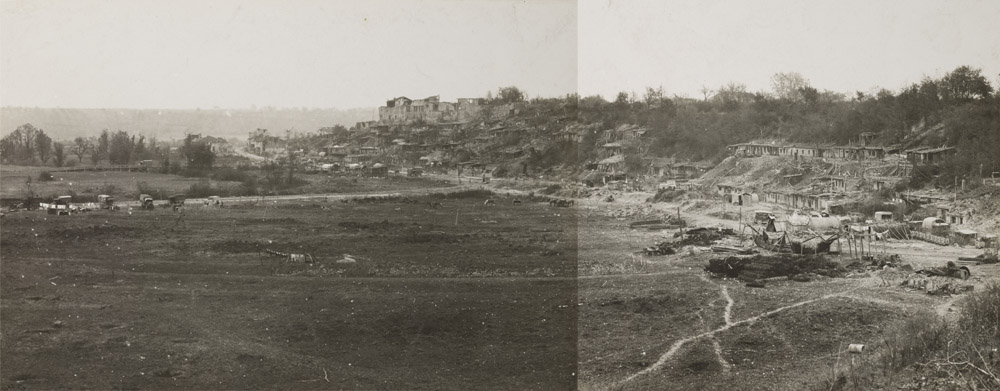
Photo caption:
"The valley of the Aire and the German dugouts north of Varennes."

Area today below the Pennsylvania Memorial.

























